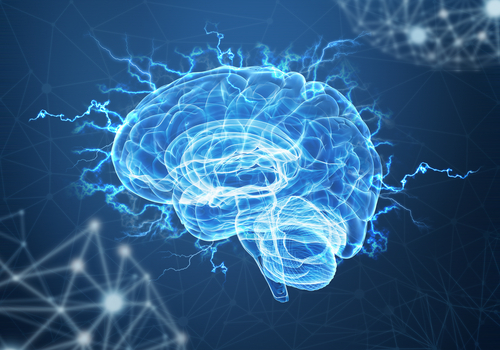Tbx3 Protein Key in Neurons Controlling Appetite, Implicated in Obesity

Loss of a protein called Tbx3 leads to glucose intolerance and obesity, with associated changes in the identity of key groups of neurons implicated in appetite, according to new research in animal models and in human cells.
The study, “Functional identity of hypothalamic melanocortin neurons depends on Tbx3,” was published in the journal Nature Metabolism.
Two groups of neurons in a brain area called hypothalamic arcuate nucleus (ARC) release specific neuropeptides to control appetite and energy expenditure. While neurons that express agouti-related protein (Agrp) increase appetite, those that produce proopiomelanocortin (Pomc) induce satiety.
“Like yin and yang, they help strike a good balance,” Alexandre Fisette, PhD, one of the study’s co-first authors, said in a press release. However, disrupted activity of these neurons may lead to obesity or type 2 diabetes.
Prior studies from the team at the Institute of Diabetes and Obesity of Helmholtz Zentrum München, in Germany, showed that a transcription factor — proteins that control DNA conversion into messenger RNA (mRNA) in gene expression — called Tbx3 is produced with unique abundance in neuron populations in the hypothalamus implicated in energy balance, and that this production is regulated by feeding.
Importantly, mutations in TBX3 have been linked with obesity.
As such, the investigators hypothesized that Tbx3 may control neuronal identity and be important for energy equilibrium in ARC. They tested this in both mouse and human hypothalamic neurons, while also analyzing whether genetic deletion of Tbx3 affects energy homeostasis (equilibrium) in mice and in flies.
Their findings revealed that loss of Tbx3 function in both immature and fully differentiated hypothalamic neurons led to a marked weight gain, higher food intake, and greater fat mass, by impairing both neuronal identity and the ability to respond to nutritional status. Specifically, mice with no Tbx3 in Pomc neurons had a higher body weight than controls regardless of changes in food intake. They also had glucose intolerance, and increased fat and lean mass.
Furthermore, deletion of Tbx3 decreased the amount of both Pomc and Agrp mRNA in the ARC, and led to a substantial reduction in the number of Pomc-positive neurons soon after birth. Further findings indicated that Tbx3 loss in hypothalamic neurons with Pomc may impair neuronal maturation, which in turn may induce cell death during the transition into adult life.
Subsequent results in human hypothalamic cells confirmed that the loss of TBX3 impaired neuronal maturation into Pomc-expressing neurons.
As in mice, a similar increase in body fat content was found in flies without the gene omb, which codes for a homologue protein to Tbx3.
“Both in a preclinical model and in fruit flies, the absence of Tbx3 leads to a kind of identity crisis of satiety neurons, resulting in obesity,” Fisette said.
The same seems to be true in humans. “In preliminary experiments with human neurons, we were able to show that they are no longer able to carry out their function in the absence of Tbx3,” said Carmelo Quarta, the study’s first author, adding that “in the absence of Tbx3, the neurons responsible for producing a feeling of satiety are no longer able to synthesize the expected molecular messengers.”
Overall, the team said it believes that the findings “represent another step toward the identification of the key molecular machinery controlling the functional identity of hypothalamic neurons, and may consequently facilitate understanding of the fundamental neuronal mechanisms implicated in the pathogenesis of obesity and its associated metabolic perturbations.”
Matthias H. Tschöp, MD, the study’s senior author, concluded: “Humans with genetic defects in the Tbx3 gene have long been reported to suffer from obesity. Our study explains for the first time the underlying mechanisms and once again focuses attention on the central role of the brain in regulating energy metabolism. We hope that Tbx3 may come into consideration one day as a target for drug therapies.”




